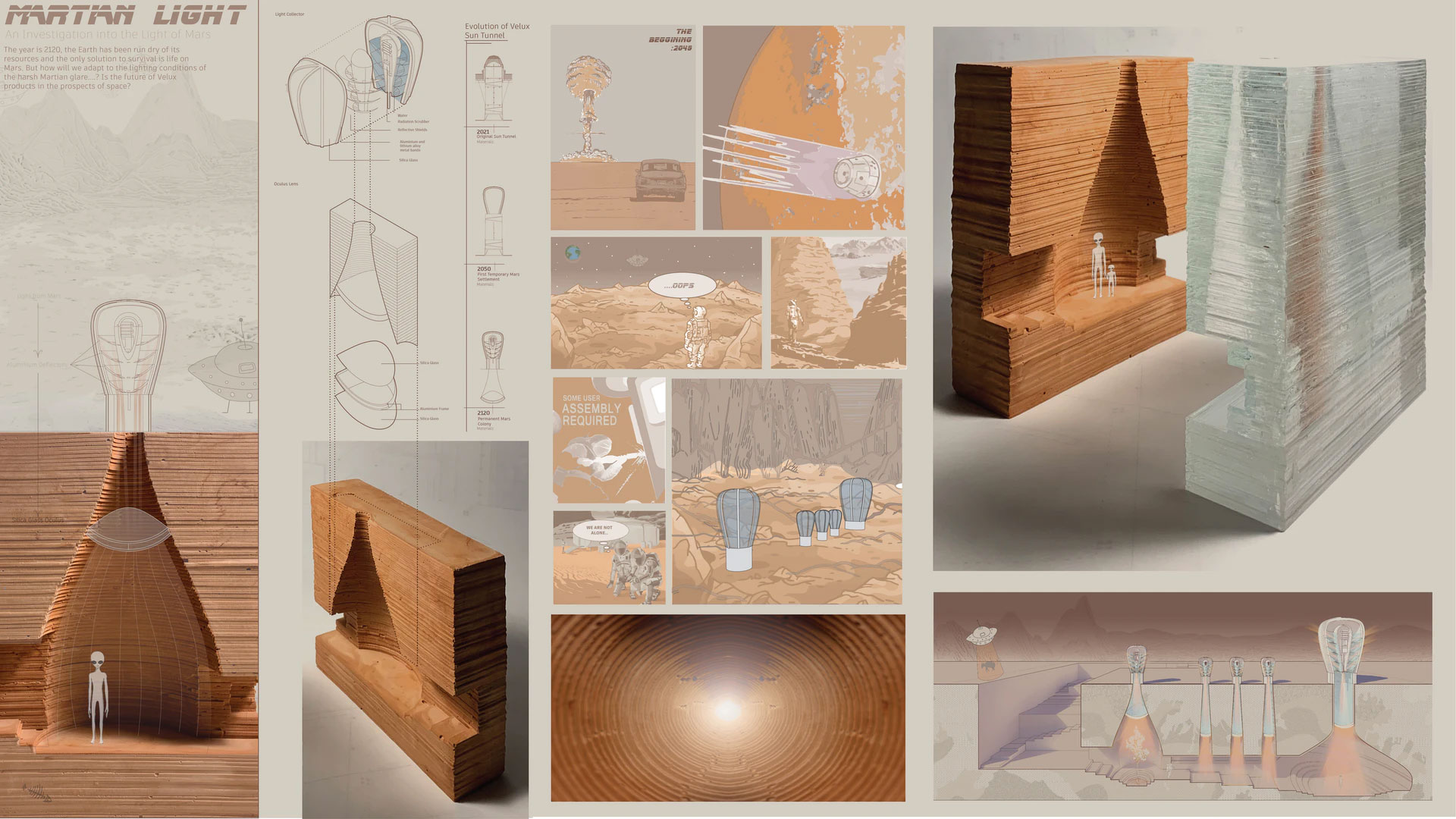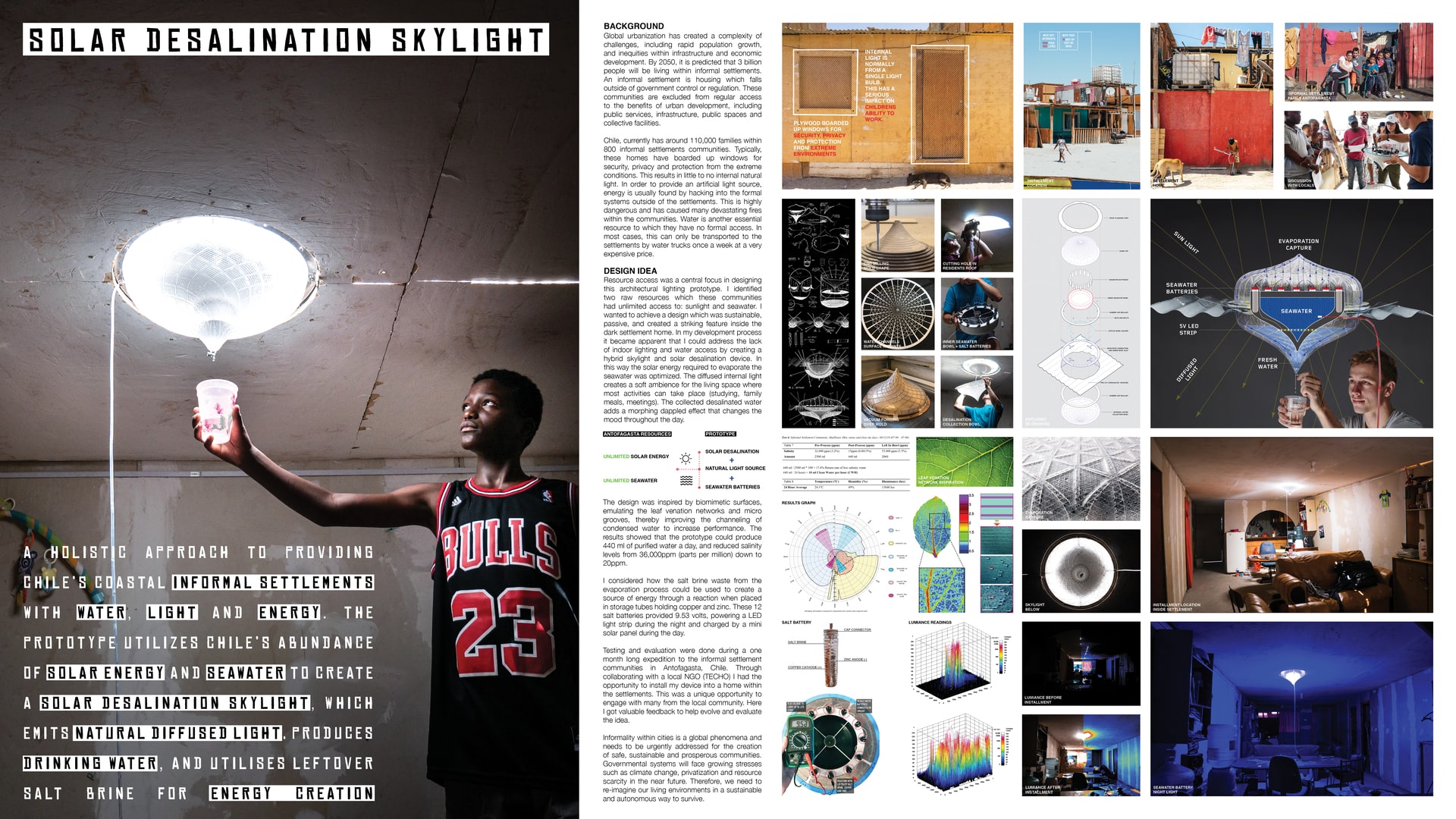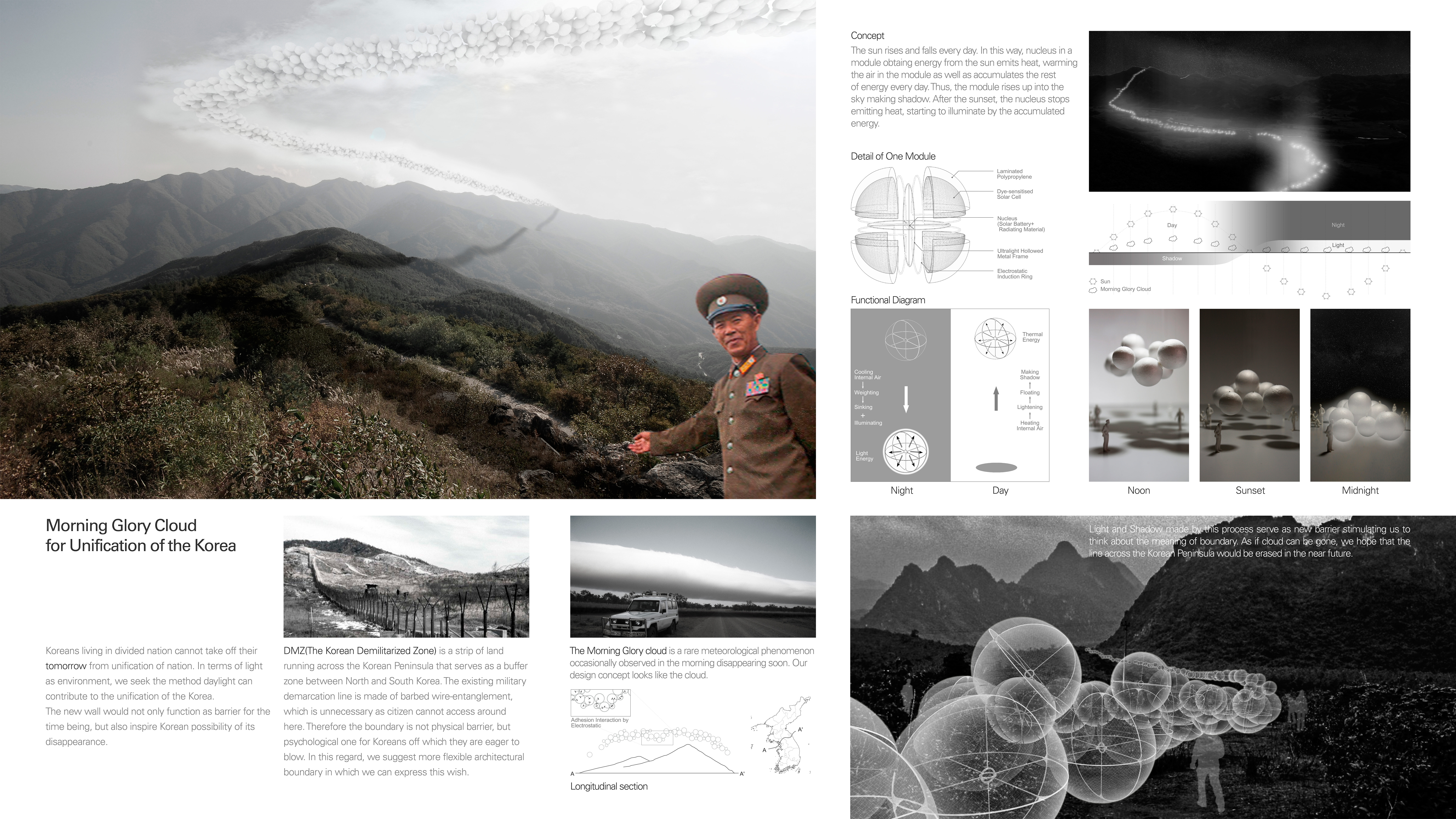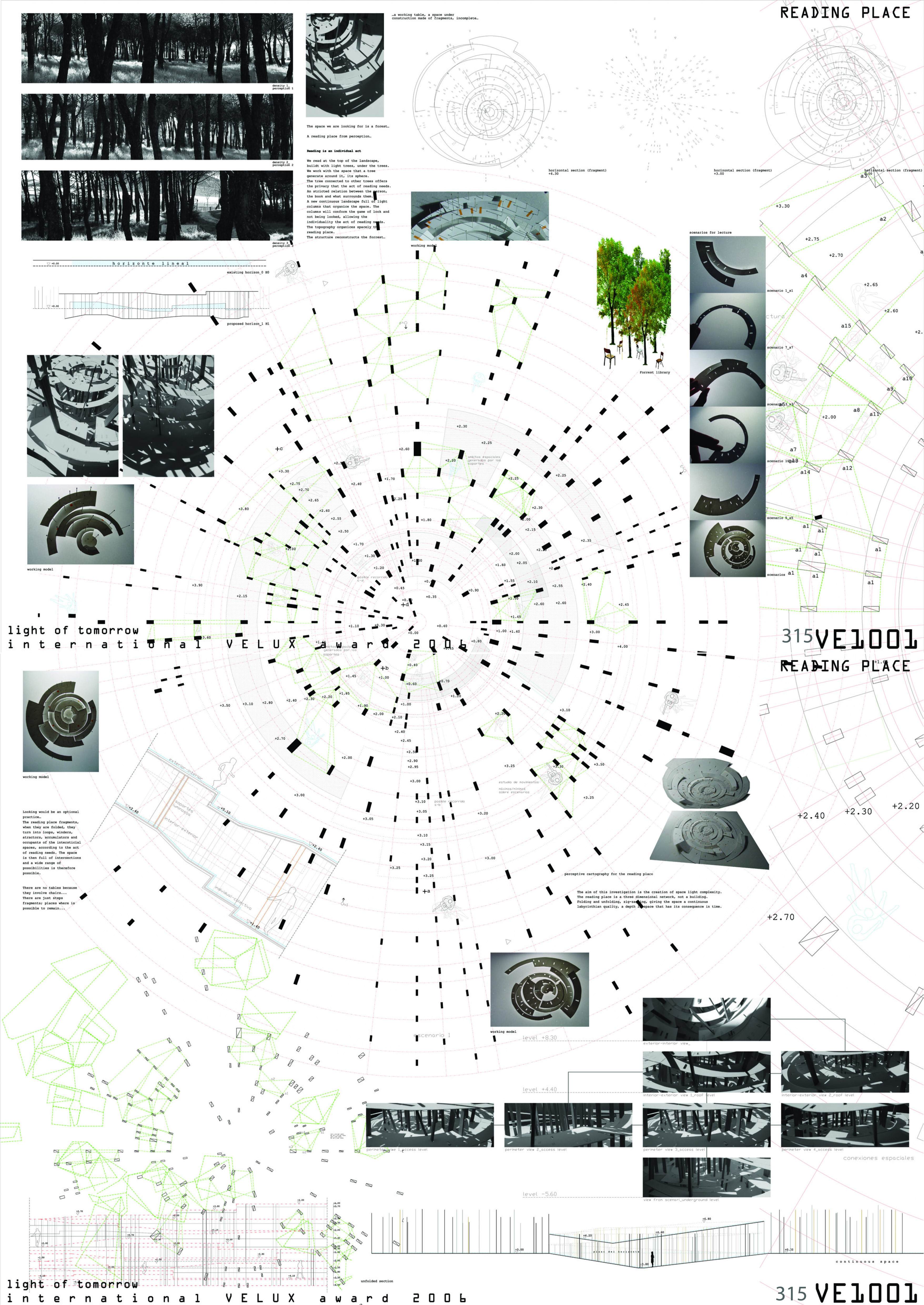24-HOUR DAYLIGHT:
A pavilion that reconnects the city with light

Category
Daylight in buildings - Region THE AMERICAS
Students
Adrian Paocarima Herrera
Melissa Anabelle Ulcuango Merino
Kevin Daniel Arroyo Males
Teacher
PAUL ESTEBAN PAREDES ESCOBAR
School
Universidad central del Ecuador, Quito
Country
Ecuador
Download
Download ↓
The historical perception of light has passed through many generations being associated with divine entities since hundreds of years ago, which represents our best possibility of a sustainable energy source. “24-hour Daylight” Pavilion aims to be a timeless travel bridge that projects the dialogue that current generations need. A dialogue between the historical value of light and the contemporary.
A little more than a century ago, a new type of light that did not exist before appeared: it was digital light. Le Corbusier once defined architecture as the wise game of volumes under light, and he did it at a time when artificial light had not yet been promoted to the extent as it is today, so the question is: ¿ What would Le Corbusier do with our new possibilities now?
Nowadays, many parts of the world have been developed architecture without taking into account natural light, making the current generations believe that it can be replaced by artificial light. This is where the awareness of the virtues of natural light will be of utmost importance, if contemporary societies understand how essential daylight is, they will not accept cities that keep it. This is the dialogue that is proposed through the spatial experience of the pavilion that we designed which is made up of a duality of meaning between day and night, natural and artificial light. This architectural element is an object that is reinterpreted during the day in order to appreciate the virtues of the types of light that we currently have.
In this way to raise a historical dialogue, the square of ¨San Francisco Church¨, in Quito- Ecuador, was chosen for the implementation of the project. This square is a place where light has had three important values during three different periods: pre-colonial, colonial and contemporary. During the Inca Empire, this square had a divine value due to the location that connected the path of light through the layout of the city. Later in colonial times, under this same interest in preserving that appreciation by the indigenous towards light, the church of San Francisco was built in 1645, which would maintain the value of light, but this time related to the Catholic religion. Finally, in contemporary times, under the understanding of the digital and environmental revolution, we designed “24 Hour Daylight” Pavilion, which aim to unify natural and artificial light into one.
It is materialized through steel structures that can be dismantled and reused, emphasizing the use of natural light, which, unlike the San Francisco church, which is mainly about shadows, this pavilion lets in the light completely, caressing it and transporting it inwards through the fabrics that absorbs and reflects light gently. Lastly, in the central part of the project there is a type of fabric that works like a lantern since it is made of luminescent fiber optics. Making the pavilion a lantern at night that lights the way in the square. This optical fiber uses the energy that has been collected during the day through solar panels, thus being the presence of natural light at night and also a stored piece of light that is released when the sun has already gone.
The symbolic value of the building takes advantage of its formal configuration to connect with the pre-Colonial Chakana, the arches and proportions of the colonial architecture of the church, and the need for contemporary technological construction. Therefore, for those who visit it, you can feel in this ephemeral timeless emptiness that allows them to guide their assessment of natural light towards healthier cities and where natural and artificial light are not opposites, but rather one that is reinterpreted as the hours go by. If current generations break the paradigm of dichotomy between natural and artificial light, we can have cities with a single light that is reinterpreted over time.
































